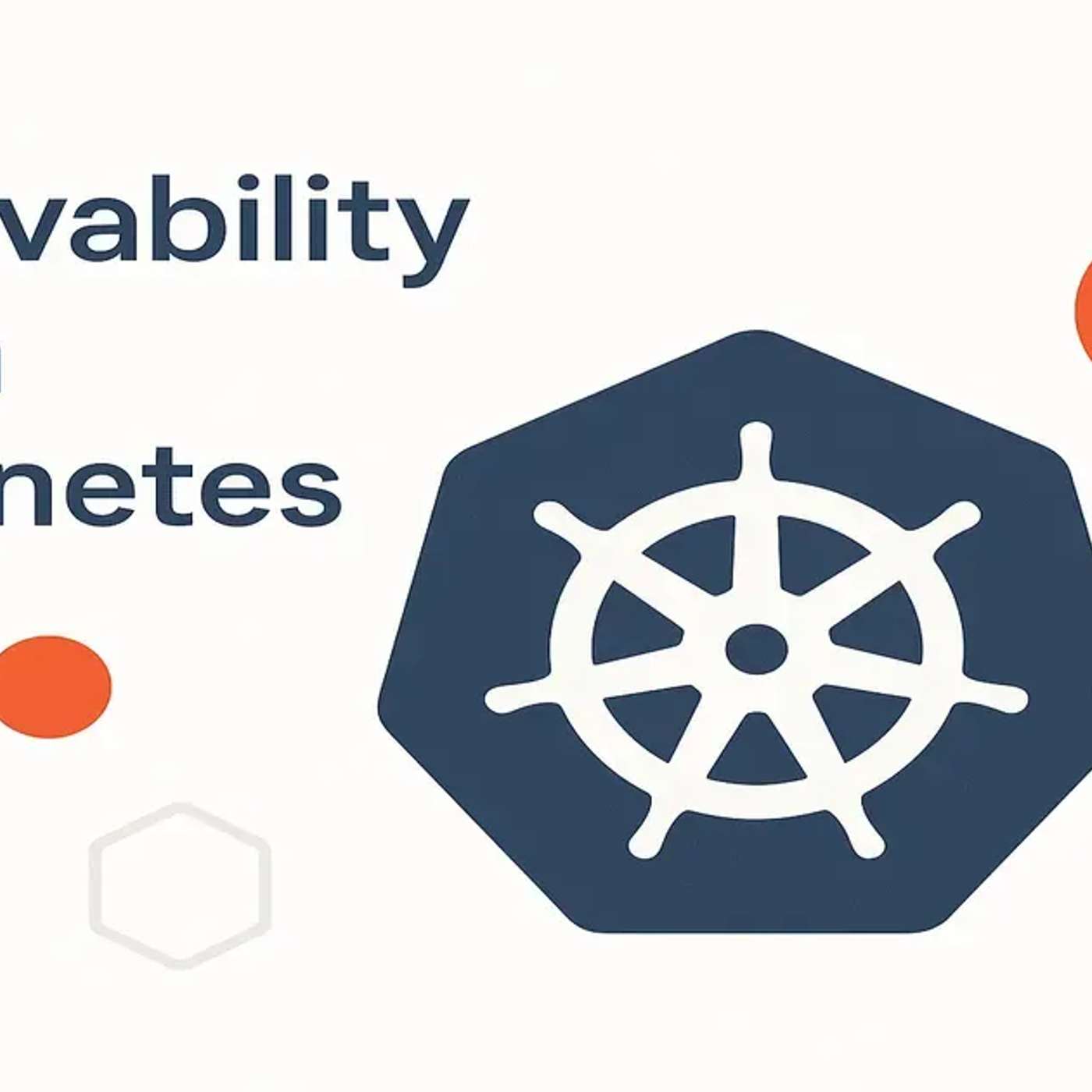

Programming Tech Brief By HackerNoon
https://feeds.transistor.fm/programming-tech-brief-by-hackernoonEpisode List

Why kube-prometheus-stack Isn’t Enough for Kubernetes Observability
This story was originally published on HackerNoon at: https://hackernoon.com/why-kube-prometheus-stack-isnt-enough-for-kubernetes-observability. Monitoring tells you what broke; observability explains why. Check more stories related to programming at: https://hackernoon.com/c/programming. You can also check exclusive content about #kubernetes, #observability, #devops, #kubernetes-observability, #kubernetes-guide, #prometheus, #grafana, #kubernetes-monitoring, and more. This story was written by: @fatihkoc. Learn more about this writer by checking @fatihkoc's about page, and for more stories, please visit hackernoon.com. Kube-prometheus-stack bundles Prometheus and Grafana for monitoring Kubernetes workloads. On the surface, it looks like the answer to all your monitoring needs. But monitoring is not observability, and if you confuse the two, you will hit a wall.

From 50 Pages of Handwritten Notes to a Digital Manuscript with Python and AI
This story was originally published on HackerNoon at: https://hackernoon.com/from-50-pages-of-handwritten-notes-to-a-digital-manuscript-with-python-and-ai. Apple's HEIC (High-Efficiency Image Container) is great for saving space, but not so great for compatibility. Check more stories related to programming at: https://hackernoon.com/c/programming. You can also check exclusive content about #python, #ai, #programming, #productivity, #ai-ocr-technology, #llm, #creativity, #image-processing, and more. This story was written by: @knightbat2040. Learn more about this writer by checking @knightbat2040's about page, and for more stories, please visit hackernoon.com. Apple's HEIC (High-Efficiency Image Container) is great for saving space, but not so great for compatibility. Many APIs and libraries are optimized for older, more universal formats like JPEG. The beauty of Python is its vast ecosystem of libraries that can solve almost any problem. This little script was the key that unlocked the entire project.

Code Smell 312 - You Put Multiple Assertions in One Test, Making Failures Hard to Analyze
This story was originally published on HackerNoon at: https://hackernoon.com/code-smell-312-you-put-multiple-assertions-in-one-test-making-failures-hard-to-analyze. You put multiple assertions in one test, making failures hard to analyze. Check more stories related to programming at: https://hackernoon.com/c/programming. You can also check exclusive content about #programming, #software-development, #code-smells, #common-code-smells, #refactoring, #refactor-legacy-code, #code-smell-312, #hackernoon-top-story, and more. This story was written by: @mcsee. Learn more about this writer by checking @mcsee's about page, and for more stories, please visit hackernoon.com. You put multiple assertions in one test, making failures hard to analyze.

A Guide to Familiarize Yourself With Workspaces in Go
This story was originally published on HackerNoon at: https://hackernoon.com/a-guide-to-familiarize-yourself-with-workspaces-in-go. Go 1.18 adds workspace mode to Go, which lets you work on multiple modules simultaneously. Check more stories related to programming at: https://hackernoon.com/c/programming. You can also check exclusive content about #golang, #go, #go-workspaces, #go-1.18, #go-tutorial, #go-guide, #go-workflows, #hackernoon-top-story, and more. This story was written by: @Go. Learn more about this writer by checking @Go's about page, and for more stories, please visit hackernoon.com. Workspaces in Go 1.18 let you work on multiple modules simultaneously without having to edit go.mod files for each module. Each module within a workspace is treated as a main module when resolving dependencies.

Testing the Untestable: A Simple Way to Handle Static Methods in Legacy Java
This story was originally published on HackerNoon at: https://hackernoon.com/testing-the-untestable-a-simple-way-to-handle-static-methods-in-legacy-java. This is a pretty straightforward way to test untestable code. Check more stories related to programming at: https://hackernoon.com/c/programming. You can also check exclusive content about #coding, #programming, #testing, #writing-testable-code, #testable-design, #java, #code-testing, #dependency-injection, and more. This story was written by: @nfrankel. Learn more about this writer by checking @nfrankel's about page, and for more stories, please visit hackernoon.com. This is a pretty straightforward way to test untestable code.
Create Your Podcast In Minutes
- Full-featured podcast site
- Unlimited storage and bandwidth
- Comprehensive podcast stats
- Distribute to Apple Podcasts, Spotify, and more
- Make money with your podcast












